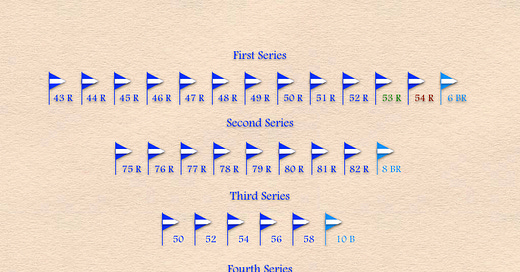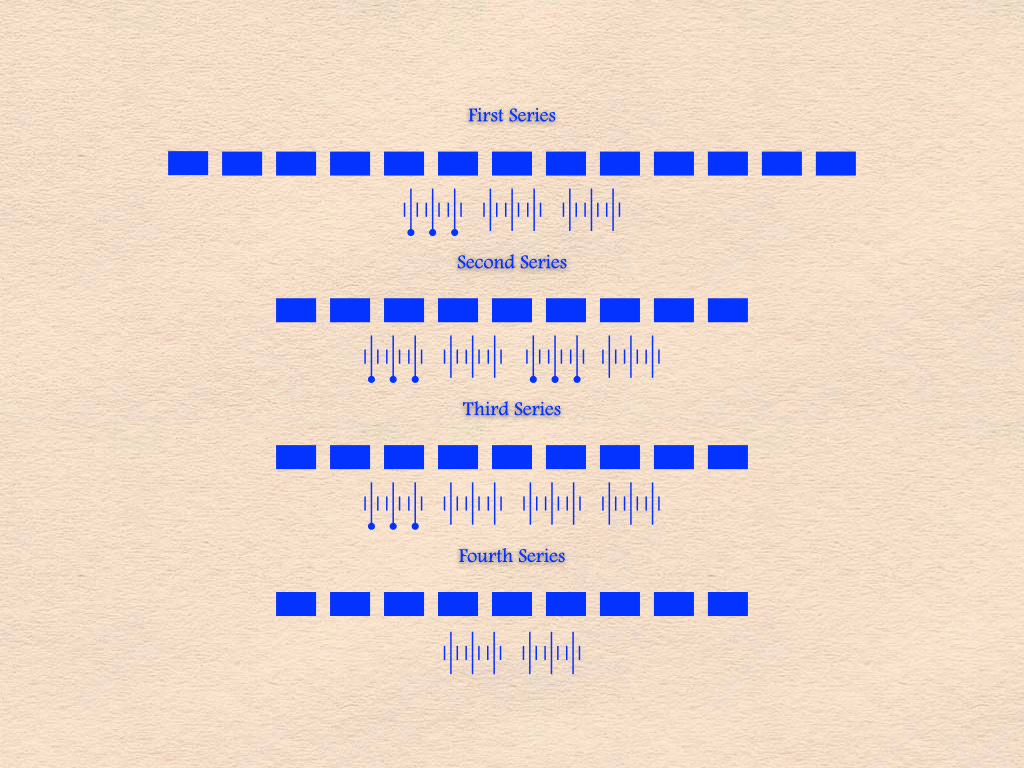Within each of the three series of divisions formed after mobilization, formations bore a close resemblance to each other. That is to say, the composition of one First Series division was identical to that of any other First Series division and so forth. Among the three series, however, there was considerable variance. Divisions of the first series were each provided with thirteen battalions of infantry and nine batteries of field artillery. Divisions of the next two series, however, had twelve batteries of field artillery, but only nine battalions of infantry. Within the field artillery establishments of each series, moreover, the proportion of light field howitzers varied. Such weapons armed a third of the field batteries formed for the First Series divisions, half of the field batteries of the Second Series Divisions, but only a quarter of those of the Third Series.
At first glance, the progression of organizational features paints a picture of progressive adaptation to the demands of position warfare, and, in particular, of an increase in the proportion of field artillery batteries to infantry battalions. Further evidence of such adaptation can be found in changes to the relationship between pioneer companies to infantry battalions, which grows from 2:26 (First Series) to 2:18 (Second Series) to 2:9 (Third Series) and the fact that, while the formations of the first two series made do without heavy field howitzers, the divisions of the Third Series were each provided with a small heavy artillery battalion armed with eight weapons of that class.
As attractive as it might be, this hypothesis cannot survive the evidence provided by the organizational framework used, in the Spring of 1915, to create the eleven divisions of the Fourth Series.1 In particular, these formations were poorly supplied with field artillery (six four-piece batteries), poorly supplied with pioneers (one company), and entirely bereft of light field howitzers. Indeed, the only feature that made them better suited to position warfare than the least favored divisions raised on mobilization was the presence of a single battery of heavy field howitzers.2
Hermann Cron (C.F. Colton, translator), Imperial German Army 1914-1918: Organization, Structure, Orders of Battle (Solihull: Helion, 2002), pages 98-99
Prussia, Kriegsministerium MJ 5463/15 A 1, dated 21 March 1915, NARA, M962, Roll 3








This series and blog great, keep at it!
Regarding the artillery of the second and third series:
In Cron's aforementioned book, pages 136-137, the artillery regiments are said to have had one field gun battalion and one light field howitzer battalion each